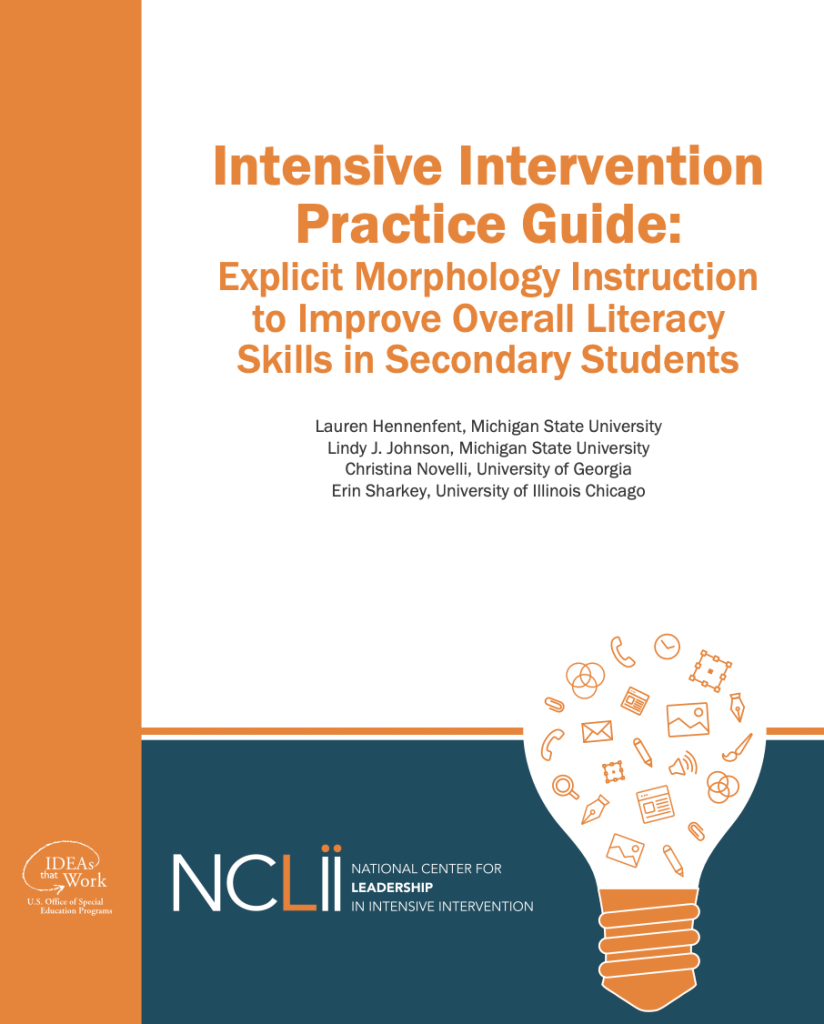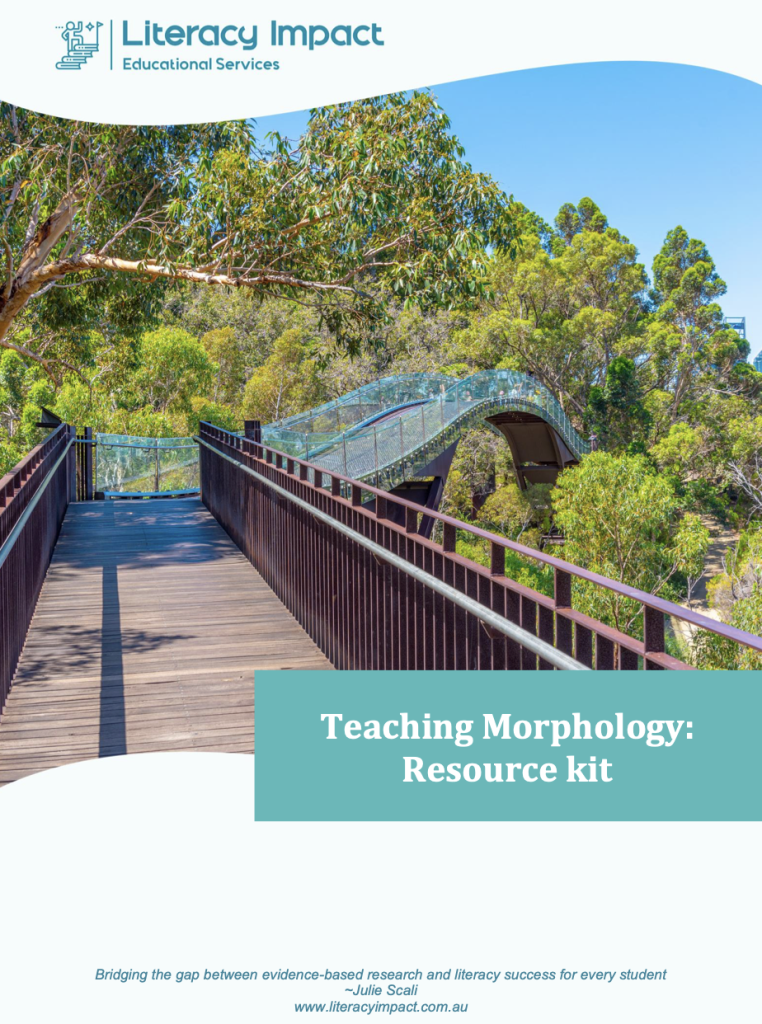One of the most enduring teaching strategies, for almost every classroom at every key stage, is the explicit teaching of morphology: the structure of words and their meanings.
Teaching word parts, including the history of the word (etymology), can prove much more than a mere curiosity. It can be vital knowledge to unlock the school curriculum.
We know that around 60% of our English lexicon is drawn from a combination of Latin and Greek origins, with the more technical vocabulary of school reaching even higher, to something like 90%.
When children learn the story and the deeper meaning of a word, it can prove memorable and revelatory. Given the consistent origins of our academic vocabulary, we cannot miss out on the power of teaching with morphology in mind.
The language of science has been described as a “monolithic castle of impenetrable speech”, whilst the language school curriculum can prove similar. For most pupils, it is likely to need careful, explicit instruction to make it accessible.
5 mighty morpheme resources to power learning
1.’Intensive Intervention Practice Guide: Explicit Morphology Instruction to Improve Overall Literacy Skills in Secondary Students’. This brilliant and comprehensive guide from colleagues in the United States gives research background, links, and an array of strategies on morphology. It is my number 1 free resource.

2. ‘Morpheme Matrices‘ by Marn Frank. This accessible resource offers a range of useable strategies and teaching approaches, including roots and templates.

3. ‘Morphemes Matter: A Framework for Instruction‘ by Marcia K. Henry. This short article does a great job of condensing key research, with links, and highlighting some of the most effective teaching approaches.

4.’Teaching Morphology Resource Kit’, by Literacy Impact‘. This resource, originating from Australia, offers easily adaptable resources for a general approach to teaching word parts and their roots.

5. ‘Root Words and Prefixes: Handy Lists‘. I get asked about useful morpheme lists. Though there is no one ideal list or resource (the subject specificity of word roots hasn’t yet been fully exploited) but here are some handy starting points:
- Common Latin Roots e.g. ambi, aqua and aud.
- Common Greek Roots e.g. auto, bio and chron.
- Common prefixes e.g. anti-, de- and dis-.
- Common suffixes e.g. -able, -ible and -ed.
- Scientific word roots e.g. aero, amni and amyl.
- Numerical morphemes for maths e.g. poly, di and pent.
- You can cross reference common morphemes with the Secondary School Vocabulary List (SVL), which collates the most frequent subject specific words in secondary school subjects (includes, Geography, History, English etc.).







Comments